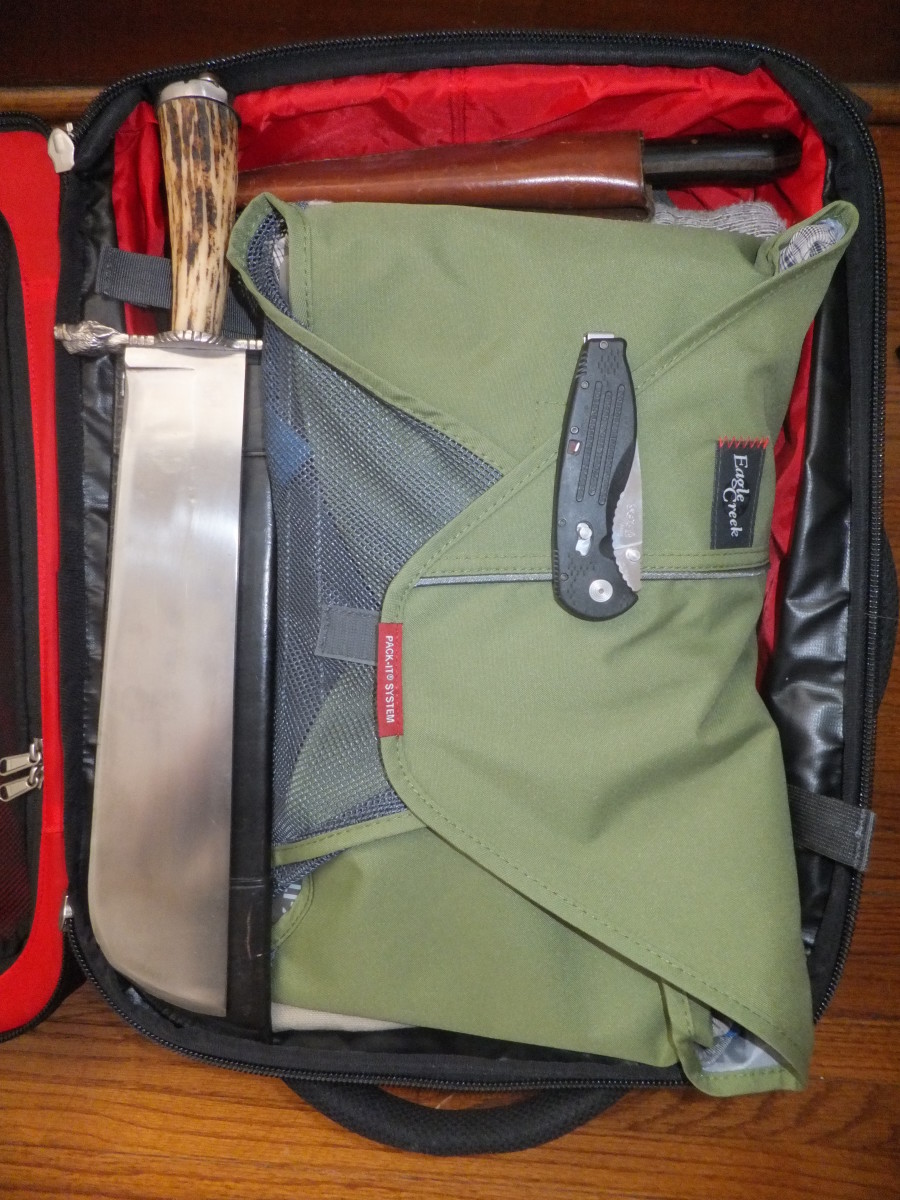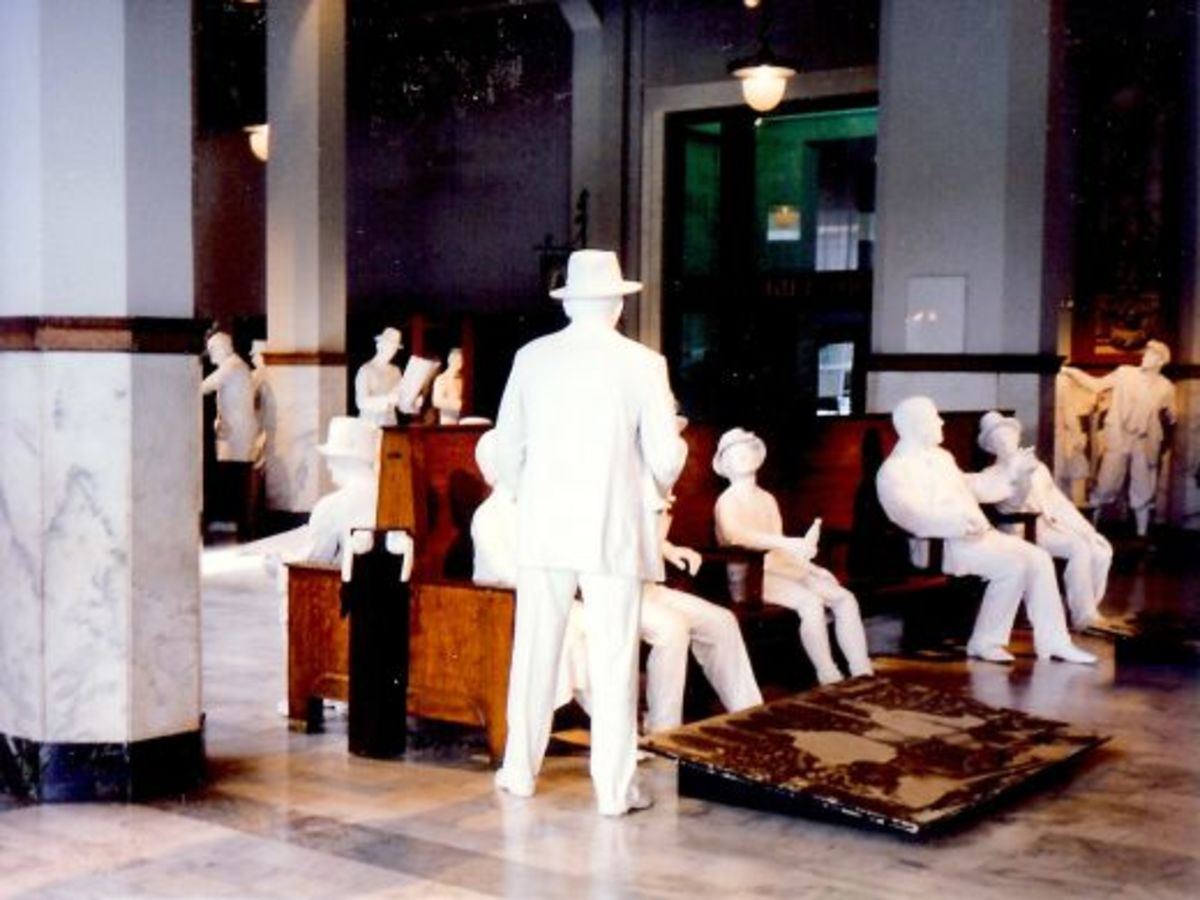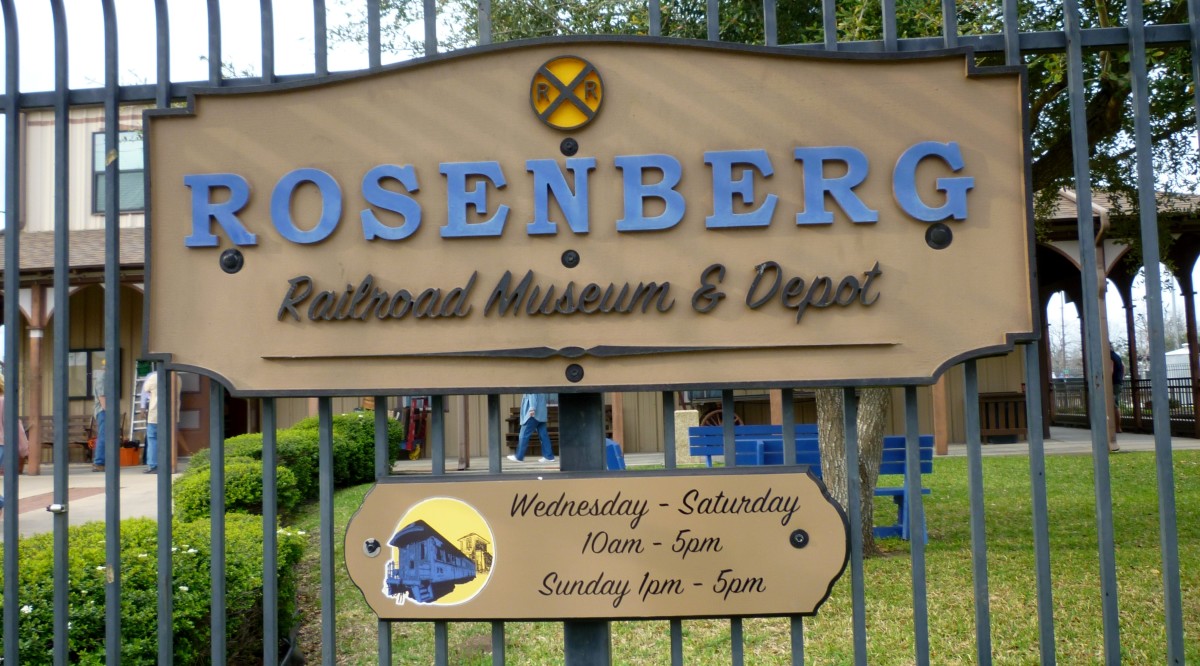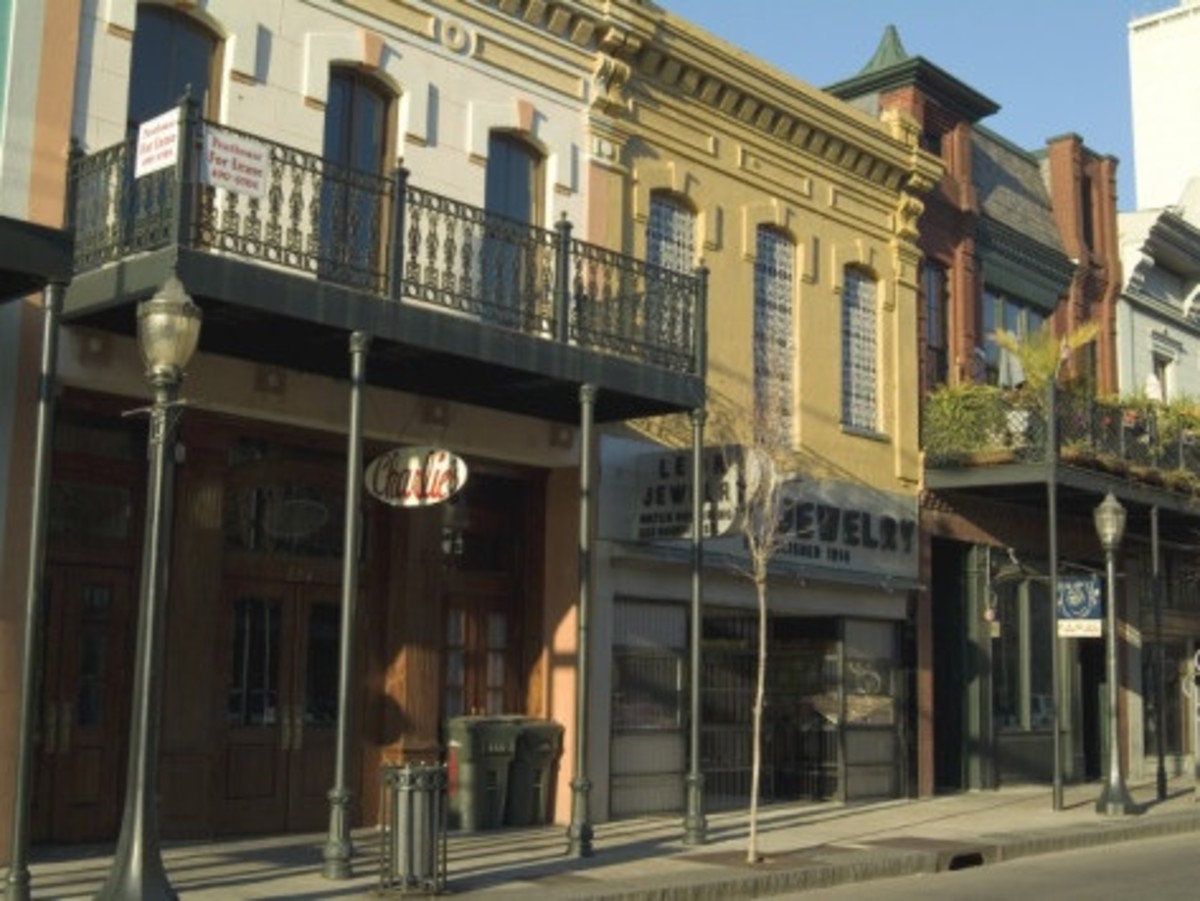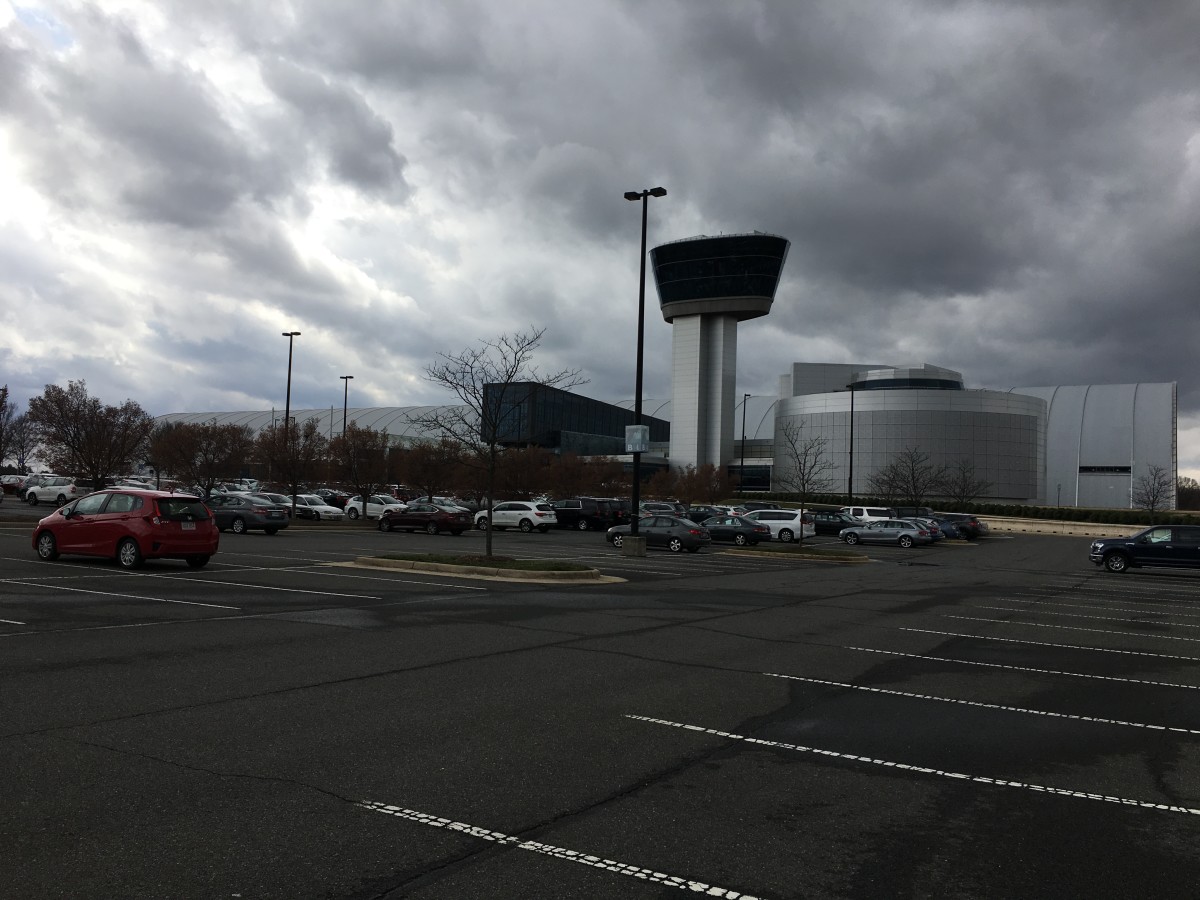Guide to Dallas
Leaving downtown behind, we take a look at what there is to see and do in the rest of Dallas.
Like most large cities, Dallas is surrounded by suburbs, which are often collectively referred to as "Dallas" or "Dallas/Fort Worth". I'll tackle the outlying suburbs later. Here I'll focus on the area "inside the loop", or Dallas proper.
The Outdoors
If you are looking to enjoy nature and the great outdoors, it is usually wise to look anywhere but a major metro area.
That is pretty much true for Dallas, with one main exception: White Rock Lake Park. White Rock, the centerpiece of middle-class East Dallas, is over 2,000 acres of grass, trees, and water. The lake itself covers half the park, and is popular for sailing and rowing. Motorboats over 10.5 hp are prohibited, which means skiing is out of the question. But, it also means canoe and kayak paddlers don't have to worry about getting run over. Fishing is allowed, and fishermen seem to prefer the upper part of the lake, where White Rock Creek winds through the park.
One water sport that is prohibited is swimming. Nobody complains too much about this restriction after they get a good look at the water. The entire watershed of White Rock Creek is developed urban land, which means there is a lot of junk that gets washed down in the water. Though safe, it is not really a place you would want to bathe.
Trails around the lake draw runners and bicyclists. On the east shore is the Dallas Arboretum, a 66-acre flower garden that is open year-round. On Thursday nights during the summer, the Arboretum hosts outdoor concerts. Boaters often listen in for free by floating up close to the shoreline.
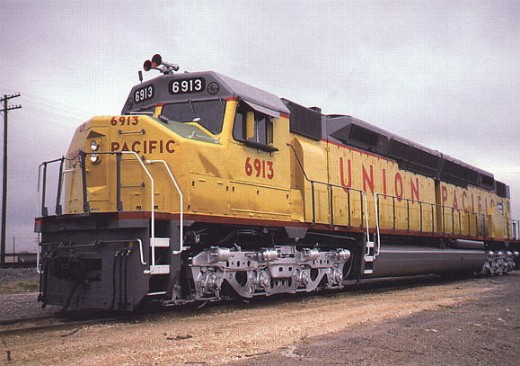
Planes, Trains, and…Well, Plains and Trains, Anyway
Dallas/Fort Worth is known by some as the Aviation Capital of the World, due to it being home to the two largest airlines (Southwest and American) as well as Lockheed Martin Aeronautics. At Love Field in Dallas you can find the Frontiers of Flight Museum, which houses antique planes (of course) as well as pieces of the Hindenburg.
At Fair Park, on the other side of downtown, stands the Museum of the American Railroad. The place is quite simple: it is just a collection of trains. But trains can be interesting, especially when the collection includes examples of the biggest steam and biggest diesel locomotives ever made.
Fair Park also includes a Women's Museum, African American Museum, Dallas Aquarium (different from the Dallas World Aquarium downtown), and a Museum of Nature and Science (including a domed IMAX planetarium).
Small Time
Dallas has one of the best children's theaters in the country. The Dallas Children's Theater is located in northeast Dallas, on Skillman just north of Northwest Highway. You can see what shows are playing at their website.
Dallas has several art film houses, where you can see limited-release movies and film festival winners. The Magnolia Theater on McKinney Avenue north of downtown, the Inwood Theater at Lovers Ln. and Inwood Rd., and the Angelika Film Center at Mockingbird Station (Mockingbird Ln. just east of I-75) are the main sites to check out something with subtitles or that latest documentary about Tibetan monks.
If the Dallas summer leaves you hot and thirsty, consider a stop at The Soda Gallery on Bishop Ave. There you can buy pop that still comes packaged in glass bottles, from locations as far away as Germany or as near as Dublin, Texas. You can also cool off at The Fan Man: a store, repair shop, and museum filled with every kind of antique or unusual electric fan.


